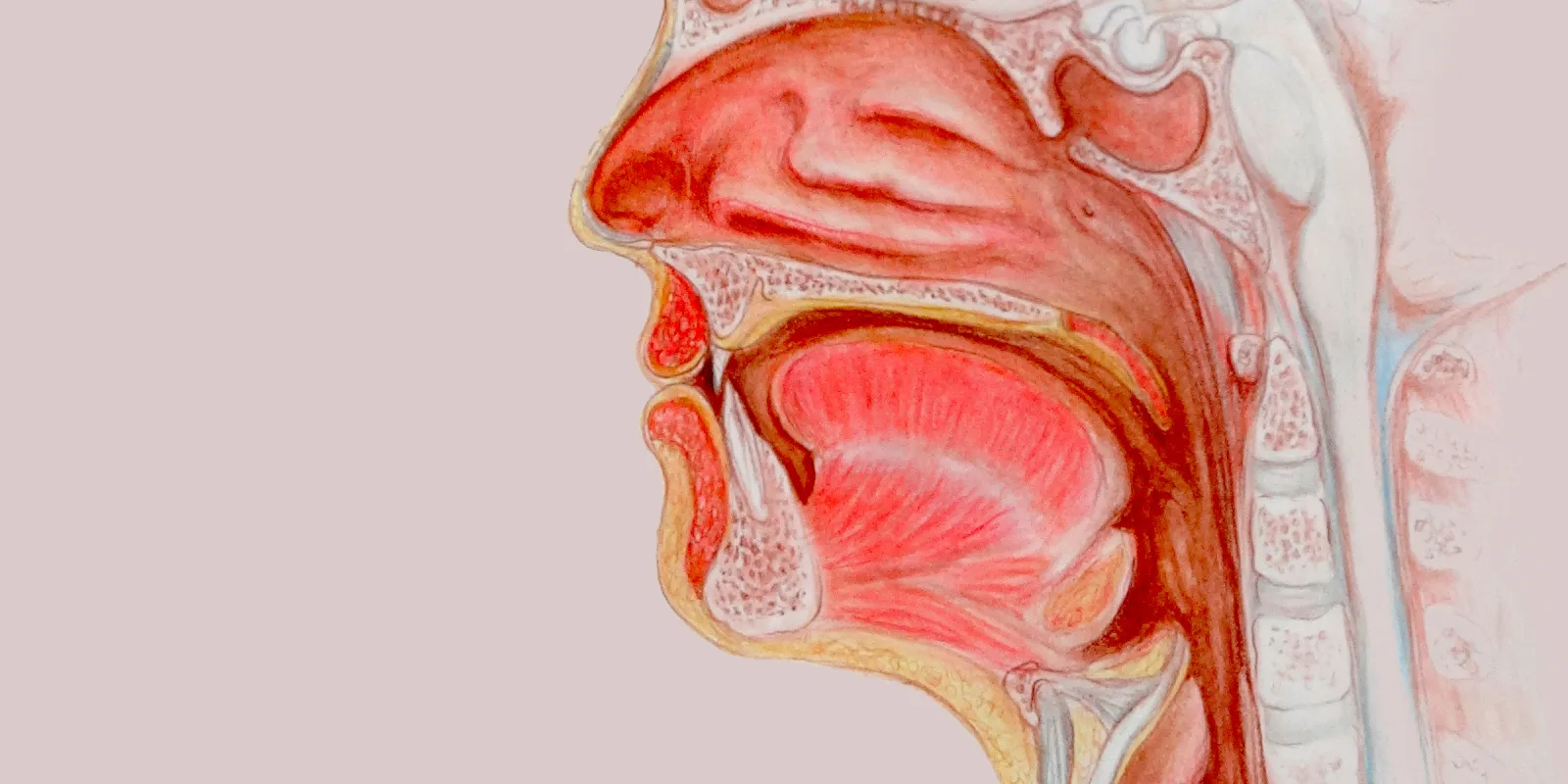What are the highlights that attendees should take away from your presentation?
Our presentation highlights the importance of optimizing visualization in surgery for various velopharyngeal insufficiency (VPI) surgeries via nasal endoscopy by demonstrating endoscopic views during critical portions of various VPI surgeries. We highlight how increased visualization allows for the surgeon to tailor their surgeries more precisely with a goal of improved outcomes and can be used as an educational tool by providing enhanced viewing for the learners and staff present in the room. As VPI is assessed in the office via nasal endoscopy, we find it useful to have the same perspective in the operating room.
What is the central question that your study and/or presentation tries to answer?
Surgery to treat VPI is traditionally performed intraorally and directly. However, with the increasing use of endoscopy in otolaryngology surgeons, can apply endoscopic techniques to VPI surgery. Endoscopy improves visualization and access to difficult-to-reach anatomy, is an excellent teaching tool, and provides the same perspective as the office endoscopy, further guiding the surgeon in patient-tailored closure of the velopharynx.
How do these findings and/or conclusions potentially impact clinical practice?
Our presentation may impact how practitioners perform VPI surgery by encouraging adding nasal endoscopy, especially for those practicing at academic institutions. Enhanced viewing helps the surgeon operate superiorly in the nasopharynx. It allows for the attending and student to observe each other’s work. The attending is better able to guide the residents and/or fellows, allowing both teachers and students to feel more comfortable co-performing these procedures, which are typically complex with intricate anatomy that is rearranged in such a way that is often difficult for advanced learners to understand. Endoscopic views can be added to published teaching guides on the surgical approaches to treating VPI. Additionally, adding intraoperative nasal endoscopy increases the value of preoperative nasal endoscopy by providing a similar view to the preoperative endoscopy, thereby allowing for enhanced tailoring of an individual’s procedure to optimize results.
What are 3–5 questions you would ask attendees about the topic of your presentation to spark an engaging conversation?
Have other surgeons who perform surgery for VPI utilized nasal endoscopy during their procedures, and if so, how have they used endoscopy, and what benefits did they find in doing so?
What challenges do practitioners experience during the treatment course of VPI, and would these challenges be mitigated by the addition of intraoperative nasal endoscopy?
What are the most difficult steps to teach or explain to learners that you have experienced during VPI surgery, and would nasal endoscopy help clarify these steps?
Dr. Swibel Rosenthal is employed by Ann and Robert Lurie Children's Hospital.
Image by stefan schendel / Shutterstock






